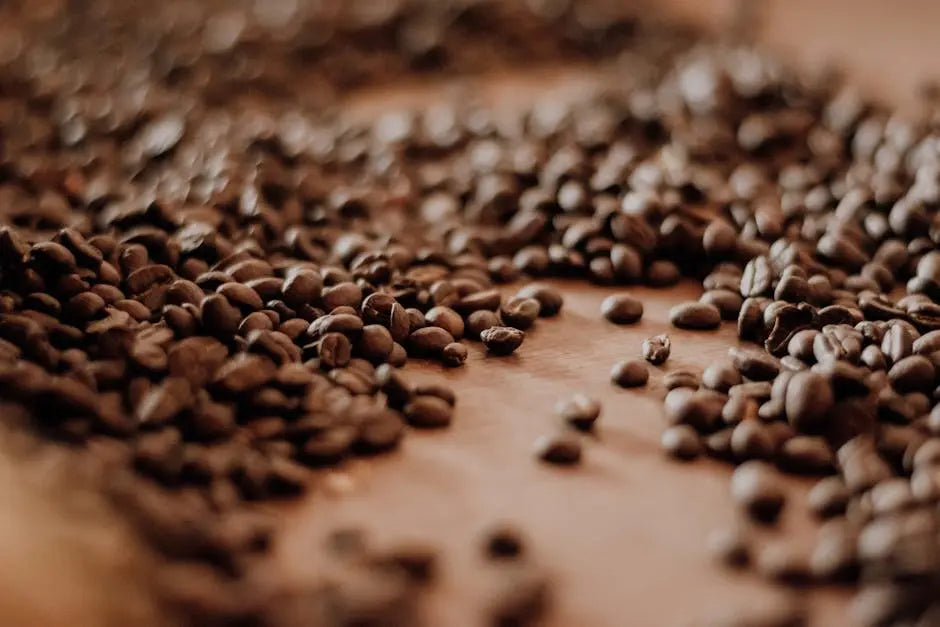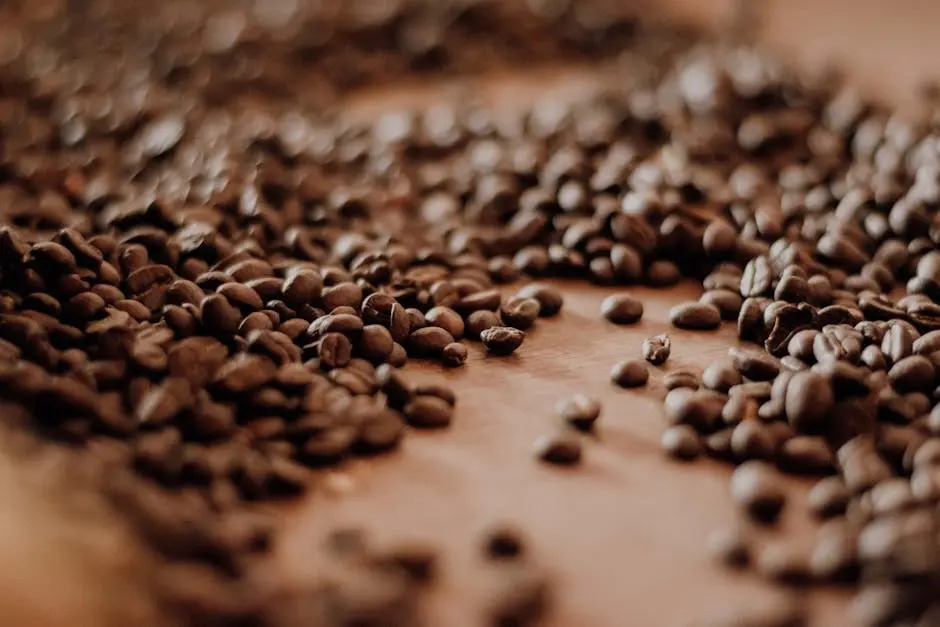Identifying brown sugar and caramel flavors in your brew can elevate your tasting experience. Whether you’re a coffee enthusiast or a beer lover, these flavors add depth and complexity. In this guide, we’ll walk you through some straightforward steps to help you pinpoint these delicious notes in your favorite beverages.
Understand the Flavor Profile
Begin by familiarizing yourself with the general characteristics of brown sugar and caramel flavors. Brown sugar imparts a rich, molasses-like sweetness, while caramel brings a buttery, toasted note. Knowing what to look for is crucial.
Think of brown sugar as a warm hug for your taste buds. It’s soft, sweet, and slightly earthy—a grand entry to any brew. On the other hand, caramel dances on the tongue, showcasing its unique profile of richness and slight bitterness. Both flavors complement each other exquisitely.
While brown sugar can sometimes be a bit more subtle, caramel flavors can often be bold and assertive. They grab hold of your palate and refuse to let go. A keen understanding of these profiles forms the foundation for flavor detection.
Exploring flavor profiles isn’t just about recognizing characteristics—it’s about developing a deeper appreciation for what you’re sipping. Take the time to savor each drink, and you might find hidden nuances that enhance your overall experience.
Choose the Right Brew
Select beverages known for their caramel and brown sugar qualities. Some dark beers, flavored coffees, and certain spirits often showcase these flavors prominently.
For coffee lovers, seek out blends labeled as ‘caramel’ or ‘chocolatey.’ These often feature rich brown sugar undertones. When it comes to beers, stouts and porters frequently reveal deep caramel notes due to their malt profiles. A simple choice can make a significant difference!
In the realm of spirits, consider trying darker rums or bourbons. These beverages often have a caramelized character from the aging process, which can add incredible depth to your tasting experience. Don’t hesitate to ask your local barista or bartender about their recommendations.
When you’re at the grocery store, take a stroll through the aisles. Look for flavor descriptors on labels—words like ‘toasted’ or ‘rich’ are good indicators. Being selective can transform your brewing experience right from the start.
Use Sensory Analysis Techniques
Engage your senses by using techniques such as sniffing and small sips to identify distinct flavors. Allow the beverage to linger on your palate, paying attention to the sweetness and body.
Start with smell—take a deep whiff before tasting. Notice any hints of sweetness or toasted notes that might signal brown sugar or caramel. Your nose is an incredible tool in flavor detection, and it can often pick up nuances that your taste buds might miss.
As you sip, let the drink roll over your tongue. Feel the texture versus taste and identify layers of flavor. Is the sweetness of the brown sugar cutting through the bitterness of the brew? Are the caramel notes enhancing the overall profile? Engaging fully with the drink will elevate your tasting experience to new heights.
Don’t rush the process! Take your time, and don’t hesitate to revisit the same brews. Practice makes perfect, and the more attention you give to your senses, the better you will become at detecting these flavors.
Take Notes
Document your tasting experiences. Note down the flavors you detect and any particular brews that highlight brown sugar or caramel. This practice will enhance your flavor recognition over time.
Creating a flavor journal can be an enjoyable and helpful tool. Write down your thoughts immediately after tasting—a simple description paired with a rating can be tremendously beneficial when looking back.
For instance, jot down the specific brown sugar notes you experienced: Was it more of a molasses flavor, or was it sweet and rich? By consistently recording your experiences, you establish a personal reference guide over time, allowing yourself to see how your palate evolves.
In addition to flavors, consider noting the pairing suggestions, brewing methods, and even your mood at the time of tasting. The entire context can heighten your recognition of various flavors in the future, turning what might seem like random tastes into a personal exploration of flavor.
Final Thoughts on Flavor Detection
By employing these methods, you can confidently detect brown sugar and caramel flavors in your brews. Remember, practice makes perfect—so keep tasting and experimenting!


